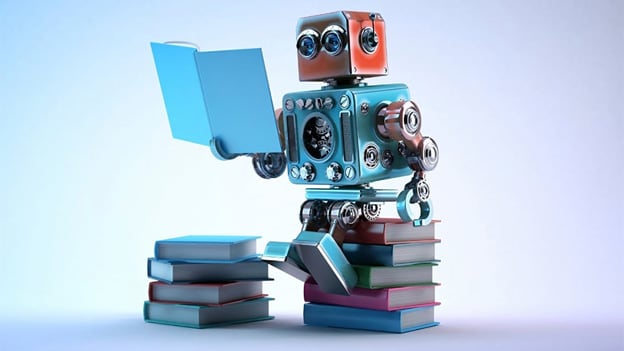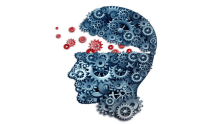What HR should know about machine learning

Create the Future Read similar articles

Machine learning is a technique by which systems and machines (in the form of nuanced software programs) ‘learn’ over time to speed up their future calculations and decisions and make them more successful. This is done by understanding and analyzing the patterns within previously made calculations and decisions. For example, the technology powers Amazon product recommendations, Google Maps, and the content that Facebook, Instagram, and Twitter display in social media feeds.
The technique boils down to a process that is simply about understanding data and statistics. A process where computer algorithms find patterns in data, then predict the probable outcomes. But this simple sounding process has over the years found increasing applications across various companies. From finance companies who use it to understand its client requirements better, to tech giants using machine learning as a core driver of their operations (it is slowly becoming the bedrock of technological transformation across companies.
The benefit of utilizing machine learning is that it helps sieve through large chunks of data that many big companies generate, and by 'learning' patterns, it helps make better decisions, many of which might seem counter-intuitive at first. And the benefits are seldom restricted to a single department within the company. When implemented correctly, machine learning can help companies solve problems and predict user behavior in ways that will help the organization grow. Machine learning is enabling companies to expand their top-line growth and optimize processes while improving employee engagement and increasing customer satisfaction.
Machine learning and HR
Internally, machine learning can greatly assist the HR function. By using machine learning, many traditional activities like ‘Talent Acquisition’ and ‘Employee engagement’ can be greatly improved. Machine learning can help quickly sift through thousands of job applications and shortlist candidates who have the credentials that are most likely to achieve success at the company. This, while also helping HR managers have access to continual insights into how their employees are feeling about their workplace and how engaged are they; a definite improvement over comparing engagement surveys.
Although the developments in computing power and cloud-based server capacity in the past 20 years has made it possible for machines to analyze data and make helpful predictions, its adoption within companies has been relatively slow. Talent restrictions along with skepticism of newer technology and inadequate management of data some of the reasons that stop organizations from reaping the benefits of machine learning.
But if one was to move ahead of such problems, the potential benefits would be significant. By developing talent in-house and streamlining data collection and management, companies can improve their decision making. To make a good machine learning system for their business, the following four things are key:
- An understanding of the machine learning process
- An understanding of the different algorithms available and the kinds of problems to which they can be applied
- Data (the more, the better)
- Patience
Capacity building and pitfalls
Building this capability in-house also would help companies have a greater control over the areas where machine learning algorithms are deployed to improve their efficacy. As more data is analyzed by the system, the prediction model improves. It also gives companies an agency over their machine learning journey. Learning Service providers like Pluralsight already list courses that can help managers and their teams to learn more about machine learning and improve their skills.
In addition to being aware of the potential benefits of machine learning, it’s important to be aware of the pitfalls as well. The first is simply understanding of what kind of algorithm to use for the problem that needs to be solved. A clustering algorithm could be used to classify a restaurant customer as more likely to dine-in than take out, but it can’t be used to predict how raising menu prices would impact sales. Likewise, a regression algorithm would be able to address the effect of price changes on sales, but can’t predict one of a closed set of outcomes. Such clarity is key to reaping maximum benefits out of a machine learning algorithm.
There’s also a risk of “overfitting” the data, which is simply training the system to understand a set of data so well that it loses the ability to generalize, learn, and make predictions based on new data. In this case, the model tends to make inconsistent predictions and becomes worthless.
Thirdly it’s also important to know that there are limits to what machine learning can improve within the organization; some problems may just not be solvable with machine learning. Since the process of machine learning from data never ends, it’s difficult to always predict which problems can be solved. This might lead to a situation where an organization chases a problem but never ends up developing a functional model. In this case, the solution is knowing when to quit trying.
Although machine learning has traditionally been within the domain of tech companies, the benefits of investing in its development are slowly accruing across various companies. If implemented with the right vision and expectations, machine learning can help companies make great strides in an environment which is becoming increasingly unpredictable.






